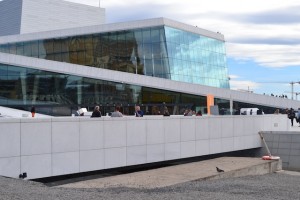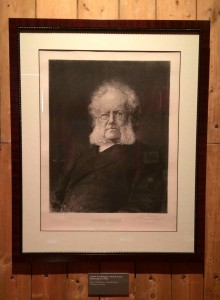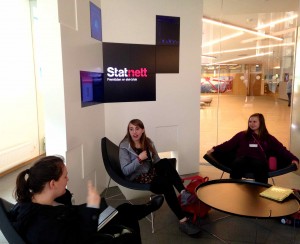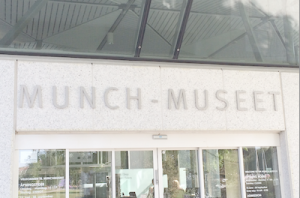
Our first academic activity of our trip was our visit to the Ministry of Petroleum and Energy. The word “ministry” in Norway is used similarly to the American term department; making the Ministry of Petroleum and Energy a government funded enterprise. We met with three experts at the Ministry who shared the Ministry’s latest work and their own knowledge with us. Fredrik Netland discussed Norway’s role in national and international climate change policy and recent advances in carbon capture and storage (CCS). Astrid Stavseng told us about the latest renewable energy research ideas coming from Norway. Lastly, Peter Brown discussed renewable energy implementation within Norway.
Norway is working independently and in conjunction with several other nations to set goals for themselves in reducing their emissions. Norway’s primary goals are to reach carbon neutrality by 2050 and, as mandated by the Kyoto Protocol, to reduce their emissions by an equivalent of 30% of their 1990 emissions by the year 2020. Norway and Sweden have also recently joined forces in the creation of a common electricity certificate market. The two countries have set a target of 26.4 TWh of new production by the year 2020. The Ministry works in association with several public enterprises such as Energi21 and Enova to meet their research goals. Six target areas to focus research have been designated by these organizations: offshore wind, carbon capture and storage, balance power, improvement of the grid system, and electricity to heat conservation. However, most of the annual research budget of $130 million USD is being dedicated to carbon capture and storage. This is due to the fact that Norway has huge carbon storage potential, about 72 billion tons of CO2, and that CCS is the only technology that allows us to reduce emissions while continuing to use fossil fuels. Norway also has many new and exciting renewable energy concepts in the works, for example a new solar cell that absorbs green and blue light waves in addition to solely red ones.
Norway has also enacted many domestic energy policies and implementation strategies in order to reduce their emissions. These policies include strict taxes on CO2 and a carbon trading system throughout the European Union. Norway has already made great strides in their mission to reduce their carbon footprint, and the country has reached virtual carbon neutrality for their electricity usage. This is in part due to the fact that although Norway has a high electricity consumption rate per capita, their low population density of about 5 million individuals makes it easier for them to live off of renewables than it would be for countries with larger populations, such as the United States. Additionally, Norway is home to large hydropower reservoirs with huge energy potential. Although this resource is incredibly consistent, it is largely defined by weather and precipitation, which cannot be predicted. This has caused a need to research other technologies that can be better controlled and predicted. This is where the research enterprises mentioned earlier, such as Enova, come into play. These ventures develop new energy technologies and look into more efficient and flexible uses of energy. Norway has taken advantage of their wealth and favorable geographic circumstances to research and implement many renewable energy technologies and incentives.





 Today we toured the opera house and then got to see a performance of The Flying Dutchman. The tour showed us around the entire opera house, including the public foyer,
Today we toured the opera house and then got to see a performance of The Flying Dutchman. The tour showed us around the entire opera house, including the public foyer,









